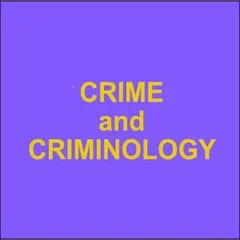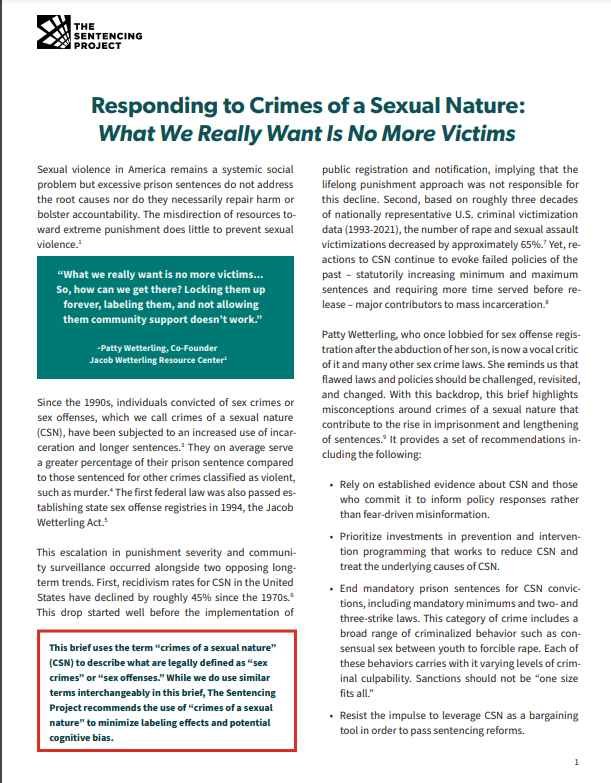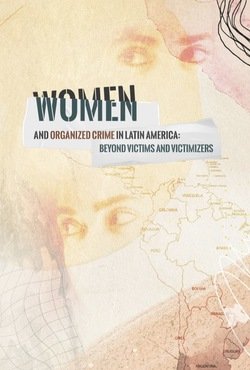By Scottish Government. Safer Communities Directorate
This research reports on 22 victims' and witnesses' experiences of court since the introduction of the Domestic Abuse (Scotland) Act 2018 (DASA) in April 2019. The Act aimed to expand understandings of domestic abuse, improve the criminal justice system's ability to tackle domestic abuse effectively and increase courts' capacity to protect victims, witnesses and associated children. This in-depth qualitative study contributes to a programme of work to meet the Ministerial 3-year reporting requirement of DASA (S14(2) (f)) to provide: 'information about the experience of witnesses (including witnesses who are children) at court'. Early implementation of the Act (2019-22) coincided with the advent of COVID-19, which had an unprecedented impact on those experiencing domestic abuse and the operation of the justice system; these findings should be considered in that context.
Key findings
According to the 22 adult and child victims/witnesses involved in the research:
The new law better reflects how adult victims experience domestic abuse: participants reported a range of psychological, physical and, for some, sexual harm over time. However, there was limited awareness of what constitutes criminal behaviour under DASA amongst the public (including victims/witnesses) and the professionals that participants encountered.
Many participants felt DASA and/or its provisions were under-utilised. Most reported a continued focus on single/severe incidents of physical violence rather than ongoing abuse. Many felt the justice system struggled with prosecution of psychological abuse, particularly regarding verbal, telephone and online abusive behaviour.
Most parents/child witnesses reported that harm to children was insufficiently recognised; they felt perpetrators were not held accountable for the impact that domestic abuse had on children and that children's safety and specific needs/vulnerabilities were inadequately addressed. Many victims felt that abuse of a third party – for example, family and friends – had not been taken account of adequately throughout the process.
Although there were some positive examples of reporting to the police, this was not the experience of the majority of participants. The immediate aftermath of reporting domestic abuse was a time of particular vulnerability for victims and witnesses. Most participants felt an onus was on them to keep themselves safe during this time.
Participants had inadequate knowledge of decision-making processes and the rationale for decisions made throughout the investigation and court proceedings. They cited a lack of communication, collaboration and involvement/transparency in decision-making. Far from being at the centre of the justice process, they felt on the periphery and marginalised by it.
Participants reported that going to court was difficult and, for many, frightening and traumatic. Feeling uninformed, giving evidence in an adversarial process, court adjournments and delays significantly impacted on their mental health.
Participants raised the potential for court to empower and provide a sense of closure to victims and witnesses, particularly when support and advocacy was provided.
Participants had significant concerns that the investigation, prosecution and sentencing for domestic abuse offences did not adequately reflect the sustained level, severity or impact of abuse experienced.
Safety was not consistently ensured for all participants before, during or post proceedings. This was contrary to their expectations that reporting would stop abuse and provide safety for themselves, family and friends. Non-harassment orders (NHOs) offered some protection and reassurance for victims.
Advocacy and support were reported as the most significant mechanisms for minimising trauma and enhancing feelings of safety; however, participants identified gaps in provision, particularly earlier in the process and post court.
94p.





















